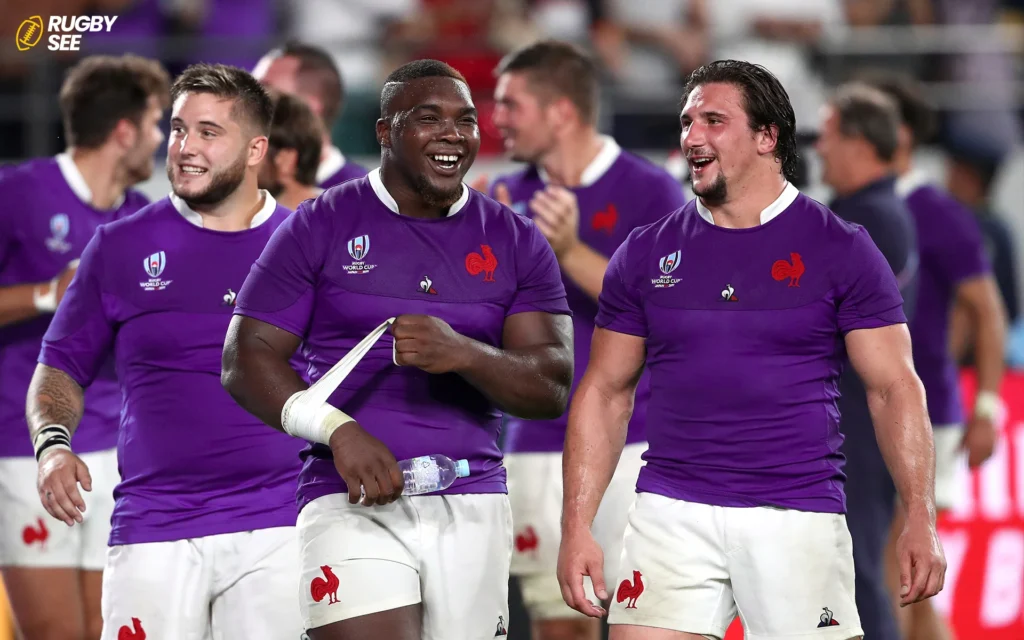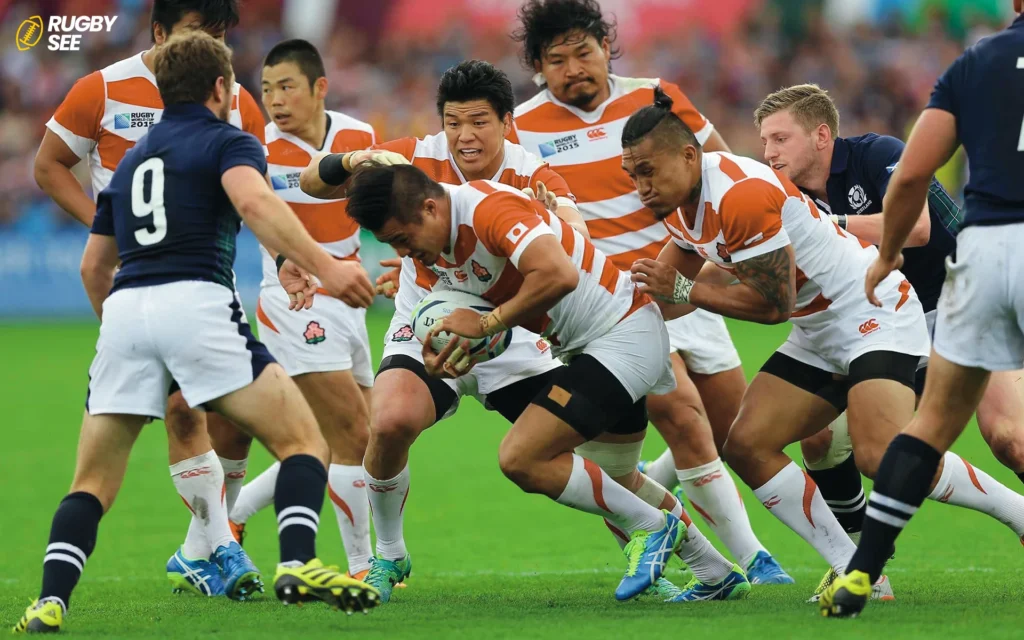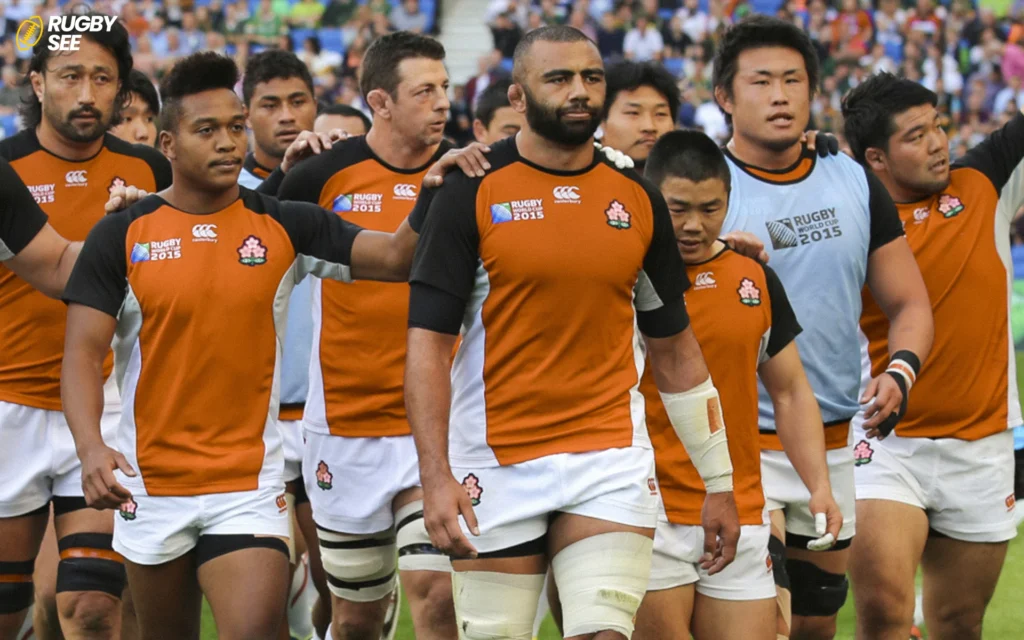In the physically demanding world of rugby, player safety is paramount. Among the various protective gear available, the scrum cap stands out for its distinctive look and specific purpose. But which positions on the rugby field are most likely to don this essential piece of equipment? This article explores the use of scrum caps across different rugby positions, shedding light on the roles and risks associated with this fast-paced sport.
The Role of Scrum Caps in Rugby
Scrum caps are padded helmets designed to protect players from head injuries, specifically cuts, abrasions, and cauliflower ears—a condition common among rugby players due to repeated impacts. Made from thin, dense foam, scrum caps cover the head, ears, and back of the neck, offering a layer of protection while ensuring breathability and comfort during intense physical exertion.
Positions Most Likely to Wear Scrum Caps
While any rugby player can choose to wear a scrum cap for extra protection, players in certain positions are more inclined to wear them due to the physical nature of their roles.

1. Forwards: The Front Line of Battle
The rugby team is divided into two main groups: forwards and backs. Forwards are often at the heart of the game’s physical confrontations, engaging in scrums, lineouts, and rucks. Due to their involvement in these high-contact aspects of the game, forwards are more likely to wear scrum caps. Within the forwards, specific positions include:
- Hookers and Props: These players are integral to the scrum, where heads are in close contact with both teammates and opponents. Scrum caps help protect against head injuries and ear damage during these intense engagements.
- Second Row/ Locks: Involved in the engine room of the scrum and lifted in lineouts, locks benefit from the added protection of scrum caps against head impacts and abrasions.
- Flankers and Number 8s: As players who bridge the roles of forwards and backs, engaging heavily in tackles, the protection offered by scrum caps is invaluable.
2. Backs: Speed Meets Strategy
While less common, some players in back positions also choose to wear scrum caps. This choice is less about scrum engagement and more about personal protection preferences during tackles, rucks, and mauls. Positions in the backs that might wear scrum caps include:
- Scrum-Half: The link between the forwards and the backs, the scrum-half engages in close combat and may wear a scrum cap for protection.
- Fullback and Wings: Though these positions involve more running and less direct contact, players may wear scrum caps to protect against head injuries during tackles.
Why Some Players Opt for Scrum Caps
The decision to wear a scrum cap often comes down to personal preference and past experiences with injuries. Some players find the additional protection boosts their confidence, especially those returning from head or ear injuries. Others appreciate the scrum cap’s ability to keep hair out of the face or provide warmth in cold weather conditions and if you want to know about getting in shape for Rugby read How to get in shape for rugby.
The Debate Around Scrum Caps and Concussion Prevention
It’s important to note that while scrum caps can prevent superficial injuries, their effectiveness in preventing concussions is a topic of debate. The thin padding is not designed to absorb the significant impacts that can cause concussions, leading to ongoing discussions about the best ways to enhance player safety.

Enhancing Safety in Rugby: The Ongoing Effort
The conversation about safety in rugby extends beyond personal protective equipment like scrum caps. Governing bodies, such as World Rugby, continuously review and update the rules of the game to minimize the risk of injury. These efforts include enforcing stricter penalties for high tackles and emphasizing proper tackling techniques. The discussion around scrum caps and safety gear is part of a larger, comprehensive approach to ensuring that rugby remains a sport that prioritizes the well-being of its players.
The Cultural Aspect of Scrum Caps
In some rugby cultures, wearing a scrum cap is almost a rite of passage, particularly for young players in the forwards who are learning the intricacies of scrumming and mauling. For others, it’s a symbol of resilience and toughness. The decision to wear a scrum cap can also be influenced by role models in the sport; seeing professional players don scrum caps may encourage up-and-coming players to do the same for protection and performance.
Choosing the Right Scrum Cap
For players considering a scrum cap, several factors come into play when choosing the right one:
- Fit and Comfort: A scrum cap should fit snugly without being too tight, providing coverage without impairing vision or hearing.
- Ventilation: Good ventilation is crucial to prevent overheating during play. Look for caps with adequate air flow.
- Quality and Durability: High-quality materials and construction ensure that the scrum cap will provide effective protection and withstand the rigors of the game.
Integrating Scrum Caps into Training
Coaches and teams play a crucial role in integrating scrum caps and other protective gear into training routines. This integration helps players get accustomed to the feel of the gear during play, ensuring it doesn’t become a distraction during official matches. Additionally, discussing the benefits and limitations of scrum caps can help players make informed decisions about their use.

The Future of Scrum Caps and Rugby Safety
As rugby evolves, so too will the technologies and materials used in protective gear like scrum caps. Innovations in safety equipment, coupled with advanced training methods and rule changes, promise to enhance player safety further. The goal is to preserve the essence and spirit of rugby while mitigating the risks involved, ensuring that players can enjoy the sport for years to come and if you want to know about skinny players in rugby read Can I Play Rugby If I’m Skinny? A Comprehensive Guide.
In the end, whether to wear a scrum cap in rugby is a personal decision influenced by a player’s position, role, and concern for safety. From the front row of the scrum to the fast-paced world of the backs, scrum caps offer an additional layer of protection in a sport celebrated for its physicality and camaraderie.
Rugby players across all positions understand the risks associated with their beloved sport. For some, scrum caps are an essential part of their gear, providing peace of mind and protection so they can focus on the game. As rugby continues to evolve, so too will the discussions around player safety and the role of protective gear like scrum caps in mitigating risks.










